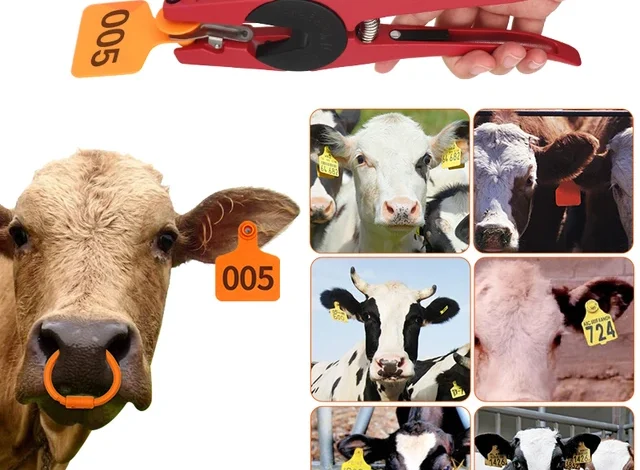
Summary
Animal tagging and identification are essential tools in modern veterinary science and livestock management. These methods help accurately track individual animals for health monitoring, breeding, vaccination, and disease control. Common identification solutions include ear tags, microchips, RFID tags, tattoos, and biometric methods like nose prints or retinal scans. Each system has its advantages in terms of cost, durability, and traceability. Proper animal identification improves farm productivity, supports traceability in the food chain, and ensures effective disease surveillance. It also plays a vital role in enforcing animal movement regulations and maintaining animal welfare standards.

Cattle identification has both visual and management benefits. By identifying your cattle individually with cattle ear tags, you (and others) can more easily determine which cow is which. In addition, being able to track an animal’s history and performance helps you determine which ones are performing well.
EID tags are small, “button-like” tags that are placed in the ear. Each EID tag has a unique 15-digit number printed on it, which can also be read by scanning the tag with an EID reader. These tags are designed to last for the life of the animal.
Using Electronic ID tags has many advantages:
- It offers another form of identification for each animal. Sometimes visual tags get lost, become snagged on a fence, etc, whereas EID tags are small and are designed for high retention rates.
- An animal can be identified more quickly in the chute (by scanning the tag with a reader) rather than needing to have the animal be completely still to read a visual tag or tattoo number.
- Scanning EID tags, instead of manually writing down an ear tag number, offers tremendous time-saving benefits while minimizing errors. As cattle are being worked or loaded into a trailer, their EID tag can be scanned while they are on the move.

If your cattle already have existing visual ear tags and you want to integrate electronic identification, the biggest challenge can be linking the electronic ID numbers to the existing visual tags. Fortunately, this can be one of two ways. You can add EID to your herd by using a spreadsheet with an additional column for their new EID number, or through the .
Leading cattle electronic ID readers include a memory capability that allows for the storage of scanned electronic ID values that can later be downloaded onto a computer. This feature is highly recommended, as it reduces the need for additional equipment or a computer at the pens or working chute just to see the EID number.
Why We Tag Animals
- Individual Identification
Tags help identify each animal uniquely, especially in large herds or flocks, making it easier to manage them efficiently. - Health Monitoring
Tags link animals to health records, allowing vets and farmers to track vaccinations, treatments, and disease history. - Breeding Management
Tags assist in recording lineage, reproduction dates, and genetic data, supporting better breeding programs. - Disease Control & Traceability
In case of disease outbreaks, tagged animals can be quickly traced, isolated, or treated, helping prevent the spread. - Movement Regulation
Tags ensure compliance with animal transport laws and international traceability systems. - Productivity Tracking
Farmers can monitor weight gain, milk yield, or egg production for individual animals. - Loss Prevention
Tagged animals are easier to recover if lost or stolen, especially with RFID or GPS-enabled systems. - Research & Data Collection
Scientists use tagging for behavioral studies, habitat tracking, and population monitoring in wildlife. - Food Safety and Consumer Trust
Traceable animals contribute to transparent food supply chains, enhancing consumer confidence in meat, milk, and other animal products. - Welfare Compliance
Tags help confirm that animals have received required care and vaccinations, supporting humane treatment and welfare standards.

Animal Tagging and Identification – FAQs
1. What is animal tagging?
Animal tagging is the process of marking animals with a unique ID (like an ear tag or microchip) for identification and tracking.
2. Why is tagging important?
It helps in health monitoring, breeding, disease control, and ensures traceability of animals in farms or wildlife.
3. What types of tags are used?
Common types include ear tags, RFID tags, microchips, tattoos, and GPS collars.
4. Is animal tagging safe?
Yes. When applied correctly, tagging is safe and causes minimal discomfort to the animal.
5. Can pets be tagged?
Yes. Microchipping is a common and permanent form of ID for pets like dogs and cats.
6. How does RFID tagging work?
RFID tags use radio waves to transmit an animal’s ID to a scanner, allowing quick and contactless identification.
7. Is tagging required by law?
In many regions, tagging is mandatory for livestock traceability and disease control.
8. How long do tags last?
Most tags, especially electronic ones, are designed to last for the lifetime of the animal.
9. Can wild animals be tagged?
Yes. Wildlife researchers use GPS and radio tags for tracking animal movement and studying behavior.
10. Does tagging help in food safety?
Yes. It enables full traceability from farm to table, ensuring transparency and safer animal products.
Need Veterinary Help?
If you have questions about animal health, management, diseases, or treatment, our experienced veterinary team is here to help.
📞 Consult Online: Contact Us
📧 Email: professionaldvm129@gmail.com
🌐 Website: www.veterinaryhub.info


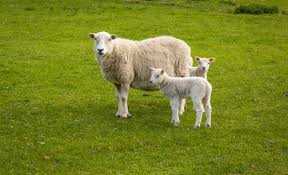
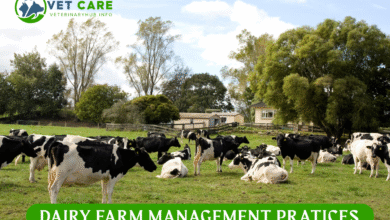
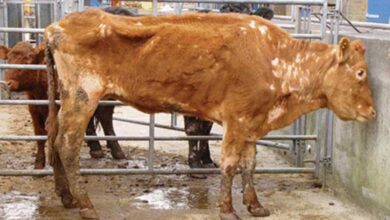


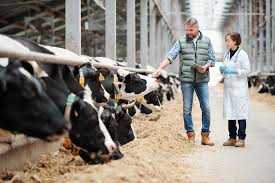
tx7fkr
b7d4rz